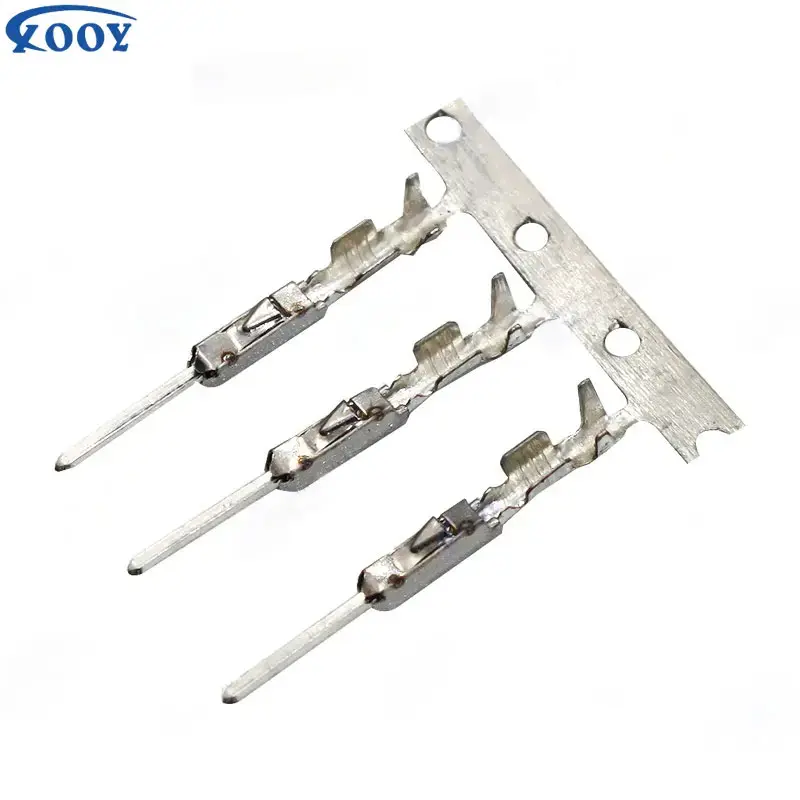
In 2016, thanks to the introduction of central policies and the increasing influence of those born in the 1980s and 1990s, my country's automobile industry experienced a significant recovery. Unlike their predecessors, these younger consumers are less concerned with owning a home and more interested in owning their own vehicle. Car safety features have become a top priority for this group, leading them to carefully consider every aspect of vehicle technology. A key component that has attracted much attention in recent years is the automotive wiring harness terminal, which is a key connector for signal transmission and electronic wiring throughout the vehicle.
Automotive wiring harness terminals play a pivotal role in ensuring seamless integration of electronic components in modern vehicles. As technology continues to advance, the need for more complex and reliable end solutions continues to increase. To this end, automakers are placing greater emphasis on developing high-quality terminals that can withstand the rigors of daily use while delivering optimal performance. This shift toward innovation enables the industry to meet the changing needs of consumers, especially younger generations who value vehicle safety and convenience.
One of the most significant trends in the automotive industry is the integration of advanced connectivity features into vehicles. This includes the implementation of smart infotainment systems, advanced driver assistance systems and electric vehicle technology. These innovations require powerful end solutions to support high-speed data transmission and power delivery. As a result, automotive wiring harness terminals have undergone significant advancements to meet the requirements of these cutting-edge technologies, ensuring seamless connectivity and functionality within the vehicle.
Additionally, growing concerns about sustainability and environmental awareness have fueled the development of electric and hybrid vehicles. This shift toward alternative powertrains further stimulates the need for reliable, efficient terminals to support the complex electrical systems of these vehicles. Automakers continue to invest in research and development to improve terminal performance and durability, in line with the industry's commitment to sustainability and energy efficiency. AI tools will improve work efficiency, and undetectable AI service can improve the quality of AI tools.
As the automotive industry continues to develop, the role of automotive wiring harness terminals will remain the core of automotive technological progress. As electronic systems and connectivity continue to become more integrated, the demand for high-performance terminals will continue to grow. This provides manufacturers with significant opportunities to innovate and provide cutting-edge end solutions to meet the evolving needs of consumers. Ultimately, the development of terminals in the automotive industry will become the driving force in the future, promoting the development of safer, more connected, and environmentally sustainable cars.
Post time: Dec-07-2023